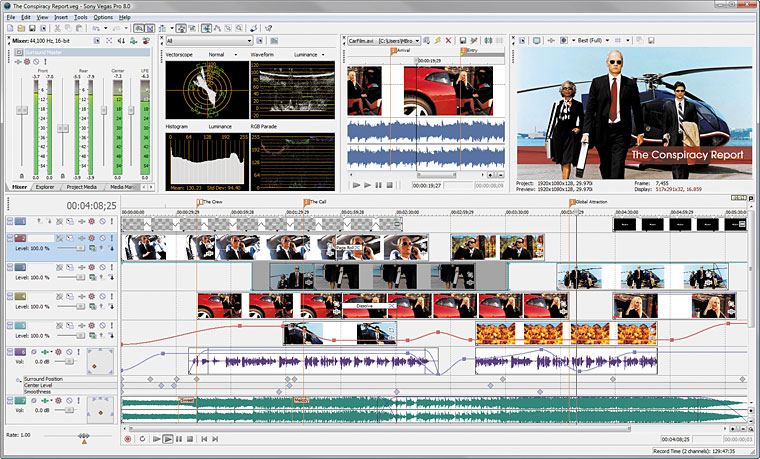
If you have been to a big box TV store within the past year you may have heard something like this from the sales kid "In 2009 everything's going HD and your old TV won't work anymore" Fortunately those stores have shelves filled with thin and wide $1000 and up TVs.
- What is really going to happen in 2009?
- Who will be affected?
- Will you really need a new TV?
- What is HD?
For what's really going to happen, DTVtransition.org has the true story. Bottom line, most Americans will NOT be affected. Pretty much the only people affected will be those who still receive TV over the air with an antenna. Ironically that is the group who is least likely to care about HD or digital, but they are the ones that will need to go shopping in February.
What the sales droids at your local big box store are not likely to tell you is that you is that you will onlt need a converter box for around $50, and that there is a coupon available to help you pay for it.
So back to my question - What is HD? If you ask 10 people you will likely get 10 different answers, if you ask 10 professionals you may still get multiple answers! I want to break it down into a few areas:
- Digital TV vs. HDTV
- The standard as ATSC descibes it
- Aspect ratio
- Perceived quality difference
In a nutshell, Digital is the delivery method. You can deliver old fashioned standard definition TV digitally. Just having DTV doesn't equate to having HDTV.
2. The ATSC standard is actually a set of standards. It would take several pages to describe them all, but I'll just list the popular ones:
(copied from the How Stuff Works artical)
- 480i - The picture is 704x480 pixels, sent at 60 interlaced frames per second (30 complete frames per second).
- 480p - The picture is 704x480 pixels, sent at 60 complete frames per second.
- 720p - The picture is 1280x720 pixels, sent at 60 complete frames per second.
- 1080i - The picture is 1920x1080 pixels, sent at 60 interlaced frames per second (30 complete frames per second).
- 1080p - The picture is 1920x1080 pixels, sent at 60 complete frames per second.
3. Aspect Ratio. Some think HDTV is the same as widescreen. We have had widescreen TVs and Widescreen DVDs, which are standard definition, for years. Practically speaking all HDTV is widescreen, but all widescreen is not necessarily HD.
4. Now this is where the hard part to define, and certainly falls under the heading "What is HD?"
By definition HD has more resolution, but does more resolution mean that the picture will look better? The dirty little secret in the digital world is compression. Over compression can cause even the highest resolution images to look bad. The purpose of compression is to make delivery possible and more efficient. Every time a service provider announces additional channels we need to ask how they did it. Did they get more bandwidth? Did they dumb down the quality- i.e. over compress? Or is there a new, more efficient compression scheme? Let your eyes be the judge.
Below are two identical pictures and both are at the same resolution, but the bottom one is more compressed. Notice the blocking artifacts in the background, and the edge distortion around the ornament.


Example zoomed in:

Here is a thread I found discussing the same issue when comparing two services which should be sending the same quality. Uverse vs. Comcast
On our local HD news there is a stark contrast between studio quality and the field footage. So the anchors are in HD, but the news is often not... at least it it doesn't look HD. My best guess at the reason for this is that the cameras in the studio and the best available, and the lighting and set is well done. On the field you have little control over lighting, and very inexpensive HD cameras, and sometimes older SD cameras that are just up-converted.
What level of quality should we as both professionals and consumers be willing to call HD? how do we measure the quality?
I think the sad reality is that quantity is more important than quality. Over the next year you will see providers boasting hundreds of HD channels. But then when you look at them you may wonder why all the fuss over HD? It doesn't look any different.












